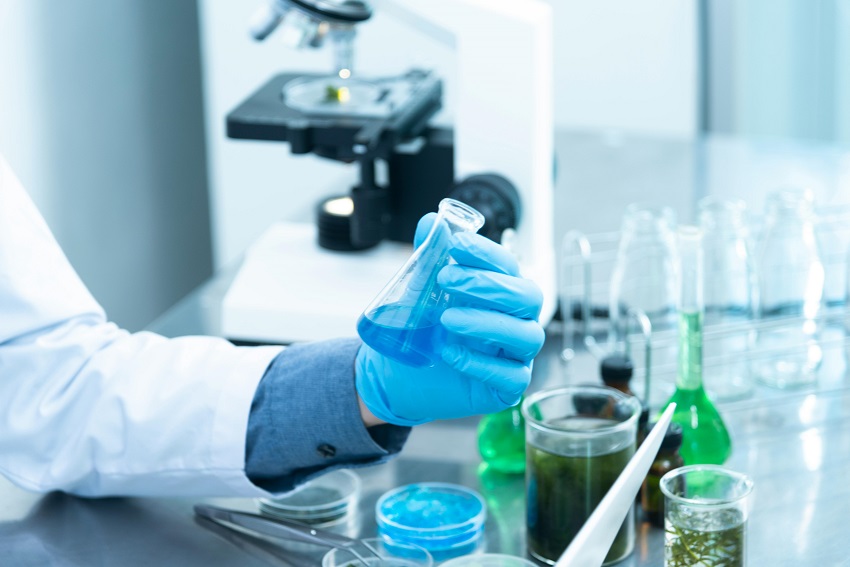您好!很高兴为您提供一对一的专属咨询。
请问有什么可以帮您?
冻卵的流程和价位是什么?


In recent years, blastocyst culture technology has gradually become a popular choice in IVF treatment, highly favored by a growing number of overseas IVF doctors. The widespread application of this technology has given many aspiring parents hope for higher success rates, but there may still be many questions about the true advantages and suitable candidates for blastocyst culture. Today, we'll delve into the core aspects of this technology and answer common questions for you.
Blastocyst Culture: Definition and Core Advantages
Blastocyst culture refers to cultivating fertilized eggs in a laboratory environment until they reach the blastocyst stage, typically completed on the fifth to sixth day after fertilization. Compared to traditional three-day embryo transfer, this technique helps screen for more promising embryos, thereby increasing implantation and pregnancy success rates.
A key advantage of blastocyst culture is its ability to more precisely select higher-quality embryos. This means that embryos cultured to the blastocyst stage generally show better implantation rates and subsequent pregnancy stability. Furthermore, blastocyst transfer makes single-embryo transfer possible, effectively reducing the risk of twin pregnancies and safeguarding maternal and infant health.
However, blastocyst culture is not suitable for all patients. Its success rate largely depends on the patient's egg quantity and quality, as well as the laboratory's technical proficiency. Generally, younger women with more and better-quality eggs are ideal candidates for blastocyst culture. For patients with lower ovarian function or limited egg numbers, traditional embryo transfer might still be a more appropriate choice.
Strategies for Enhancing Blastocyst Culture Success Rates
To enhance the success rate of blastocyst culture, comprehensive treatment planning and precise execution are key. The design of the ovarian stimulation protocol, medication selection, and egg retrieval timing all require personalized adjustments by the doctor based on the patient's specific situation. Additionally, the laboratory's technical strength, culture media quality, and embryologist's experience all significantly impact blastocyst culture outcomes. Therefore, choosing a high-standard IVF center and an experienced doctor is crucial. This is precisely where US and Mexico IVF holds an advantage, as it brings together top medical resources and technology.

The IVF USA team, founded by Dr. Nathan Zhang, has been providing overseas assisted reproductive consulting services for over a decade, offering US egg freezing, US IVF, and third-party assisted reproductive services to those in need. With nearly 20 years of deep expertise in the overseas assisted reproductive field, IVF USA proactively entered the Mexico market, driven by diverse and personalized reproductive needs, becoming the authorized agent for Power Fertility Center Mexico POWER IVF in China. Currently, Dr. Nathan Zhang's business has expanded beyond the US to include IVF and egg freezing in Mexico, Japan, and Thailand, as well as Taiwan and Hong Kong. If you are interested in blastocyst culture or other IVF technologies, especially IVF-PGT, we deeply understand your hopes for your family's future. IVF USA and Dr. Nathan Zhang look forward to partnering with you, safeguarding your dream of parenthood, and together welcoming a new life.